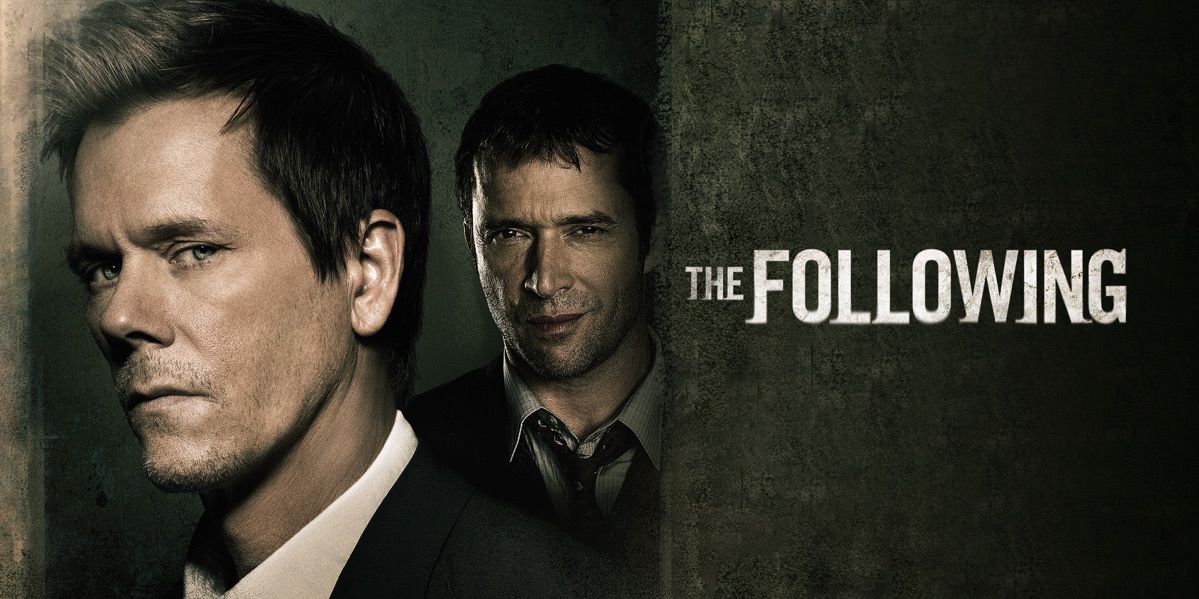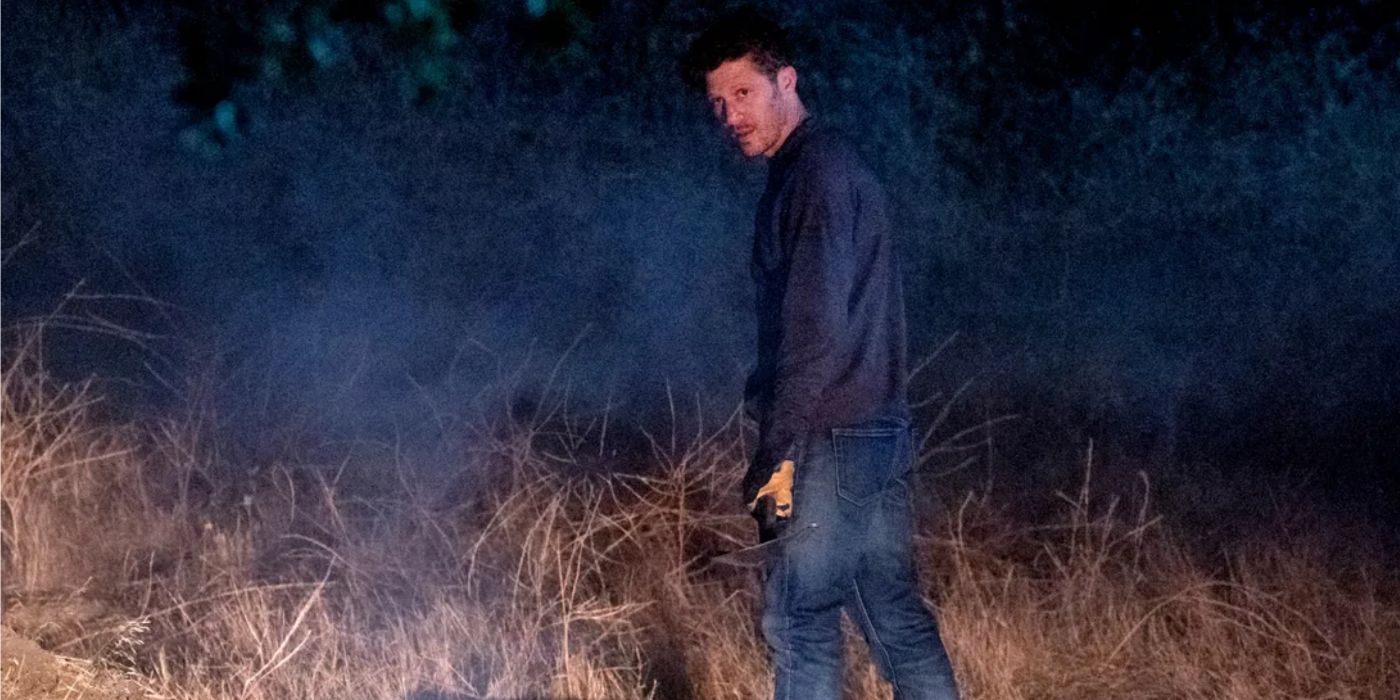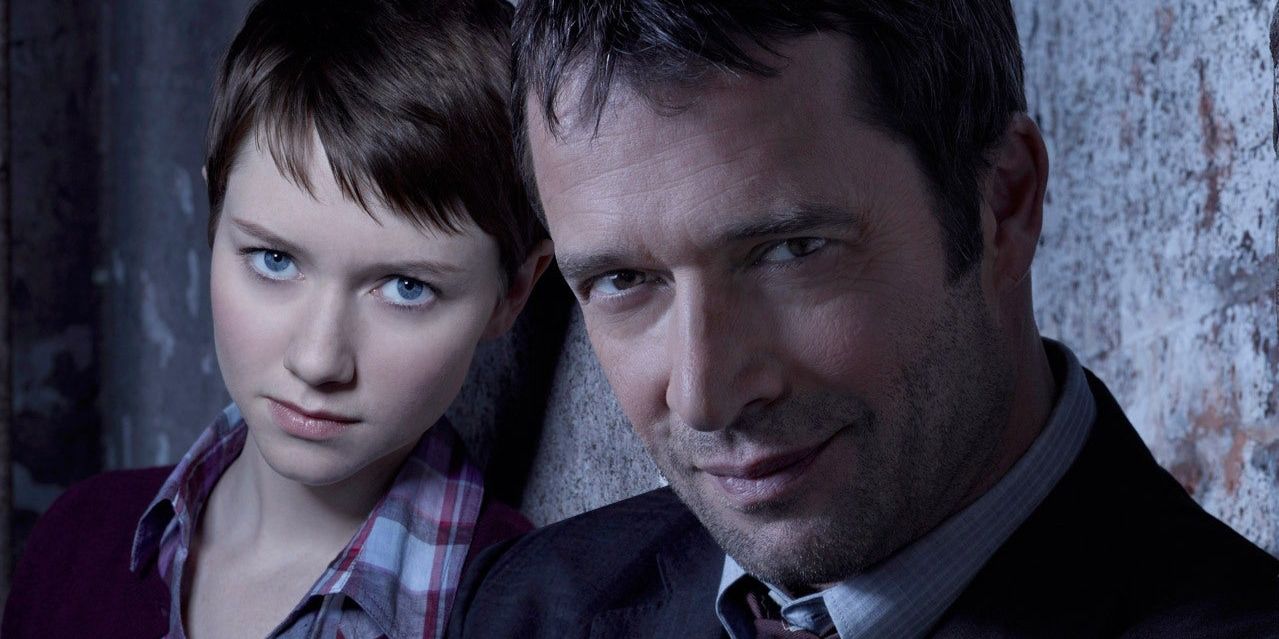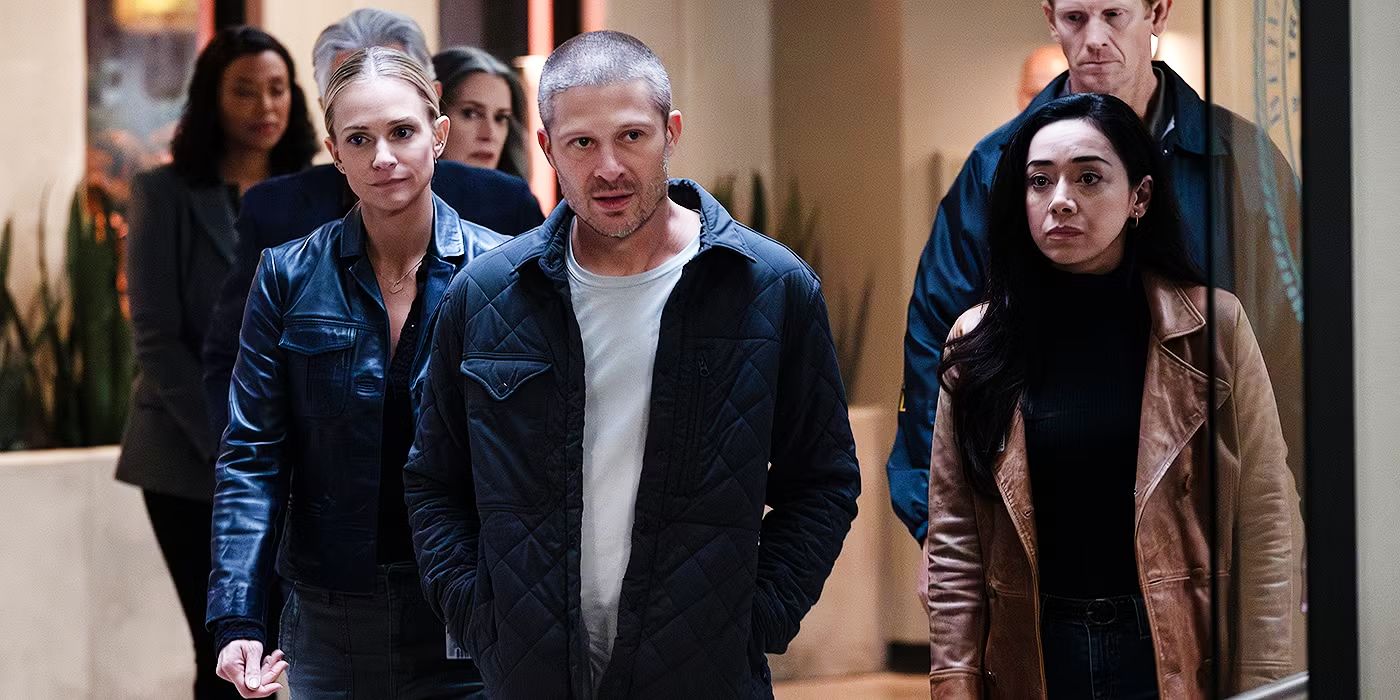This Forgotten 12-Year-Old Kevin Bacon Crime Show Has a Secret Criminal Minds Connection Hiding in Plain Sight
In 2013, audiences were introduced to The Following, a Fox thriller starring Kevin Bacon as an emotionally frayed FBI agent tracking a charismatic serial killer who had done the unthinkable: turned murder into a movement. Joe Carroll, a disgraced English professor-turned-murderer, wasn’t content with killing on his own. He weaponized his charm to build a cult-like network of acolytes who would kill on command, often in his name. The show, created by Kevin Williamson (Scream), stood out in the crime TV landscape for its serialized structure, unrelenting tone, and central conceit: evil, when organized, can be as potent as any terrorist cell.
Fast forward twelve years, and that idea has returned with a vengeance in Criminal Minds: Evolution, which reintroduced the FBI’s BAU to a chilling new villain: Elias Voit. Played with unnerving restraint by Zach Gilford, Voit represents an evolution of the UnSub (unknown subject) archetype. He is not merely a killer; he is a technocrat of death, building and managing a nationwide network of serial murderers from the shadows. The parallels between Voit and Carroll are striking. And while The Following has largely faded from pop culture memory, its narrative DNA is alive and thriving in Criminal Minds: Evolution.
Kevin Bacon’s The Following Walked So Criminal Minds: Evolution Could Run
This Forgotten Gem Laid the Groundwork for Evolution’s Transformation
When The Following premiered, it was unlike anything else on network television. Its tone was brutal, its body count high, and its villain terrifyingly articulate. Joe Carroll, played with unsettling magnetism by James Purefoy, was a former professor obsessed with Edgar Allan Poe who orchestrated murders as literary homages. His cult of followers infiltrated police departments, families, and safe spaces. The show wasn’t just about one killer on the loose; it was about the systems that allow violence to propagate unchecked.
Elias Voit and Joe Carroll Are Two Charismatic Killers With a Cult-Like Reach
The Two Psychopaths Are Cut From the Same Cloth
Joe Carroll and Elias Voit are two sides of the same nightmare coin. Carroll was flamboyant, poetic, and theatrical. Voit, by contrast, is clinical, methodical, and emotionally detached. But both understand people. Both exploit vulnerability. And both command loyalty from others who are willing to kill for them.
Voit’s killer network—dubbed “Gold Star”—operated in secrecy for years before the BAU even knew it existed. Unlike Carroll, Voit didn’t seek the spotlight. He hid behind VPNs, burner phones, and encrypted chat rooms. His charisma wasn’t seductive in a traditional sense. It was pragmatic. He provided structure, guidance, and purpose to lost souls with dark desires.
Both Shows Share a Dark DNA Beyond Their Titular Antagonists
Their Killers Are a Reflection of Much More Than Simple Evil
The central horror in both The Following and Criminal Minds: Evolution isn’t just the existence of a killer. It’s the idea that there are many, and that they are organized. In a genre often reliant on lone wolves, the idea of hive-mind evil is uniquely disturbing. These are not one-offs. These are ecosystems.
Carroll’s followers acted out of twisted devotion, but many were average people in disguise—a neighbor, a teacher, a nurse. Their normalcy made the violence more shocking. Similarly, Voit’s killers are scattered, embedded, waiting. They are sleeper agents of death, activated when the moment is right. The shows explore how evil can metastasize in plain sight, how ideology can radicalize, and how even the most trained professionals can be blindsided by complexity.
Criminal Minds: Evolution Is Succeeding Where The Following Struggled
Evolution Learned from The Following’s Missteps
Despite its strong start, The Following couldn’t maintain narrative cohesion. Its shocking deaths and plot twists began to feel like gimmicks. Characters made inexplicable choices. The escalation became exhausting. The show was canceled after three seasons, leaving behind a cult fanbase but also a cautionary tale.
Where The Following burned bright and fast, Criminal Minds: Evolution opts for a slow burn, threading its killer network through layers of bureaucracy, digital paranoia, and emotional nuance. It explores what happens when profiling isn’t enough—when the killer understands the system as well as the team chasing him.
The shadow cast by The Following looms large over Criminal Minds: Evolution, not as competition, but as creative ancestry. While The Following may have stumbled, it dared to present a vision of crime storytelling that broke away from the procedural mold. It introduced network television audiences to the terrifying concept of systemic, cult-like murder rings and explored how a single charismatic figure could inspire a wave of violence.
What The Following pioneered, Evolution perfected. By embedding a killer into the framework of the show’s main cast and drawing out the psychological warfare over multiple episodes, Evolution has redefined what long-form horror and crime storytelling can look like. It doesn’t just borrow from The Following—it evolves from it, learning, reshaping, and refining the blueprint of serialized evil.
And in doing so, it honors what The Following tried to accomplish. The themes of mass influence, organized murder, and moral ambiguity are now sharpened and fully realized. Criminal Minds: Evolution is no longer just catching killers—it’s dissecting systems. Systems that began, at least on television, with Joe Carroll’s twisted cult of personality. With Elias Voit now stepping into that void, a new chapter is unfolding—one that feels more terrifying because it feels more real. The legacy of both shows is now inextricably linked. What once felt like a dark experiment on Fox now serves as the foundation for a bold new direction at Paramount+. And the killer network that once shocked audiences has become a narrative model—one that Criminal Minds may continue to expand, explore, and elevate.








